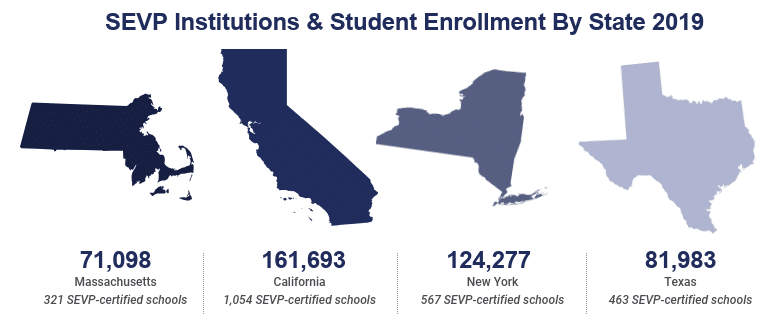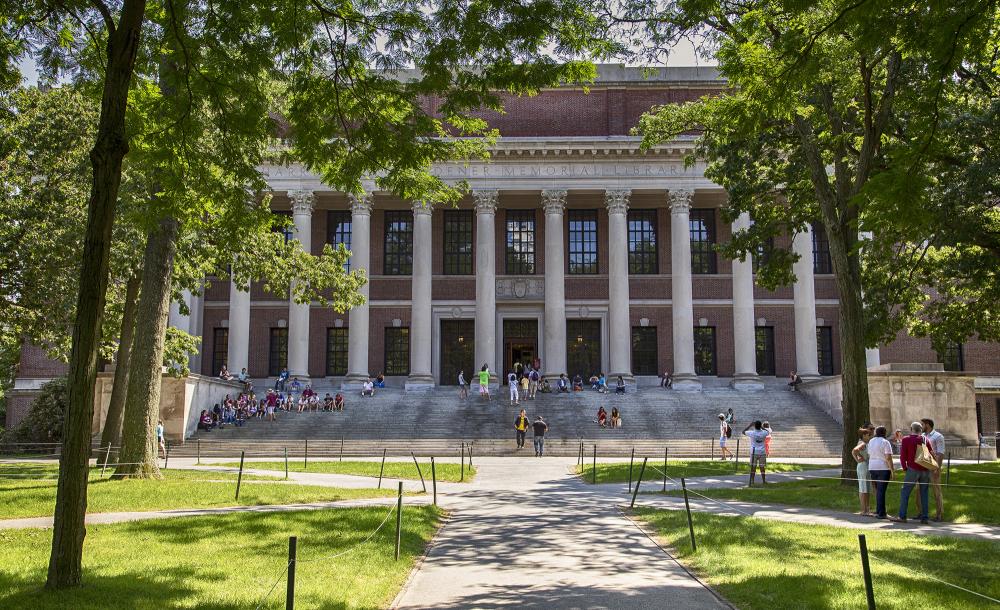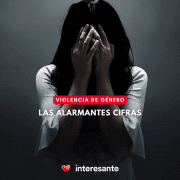Creadores de contenido en Interesante
On July 6th, ICE released new troubling guidelines on the treatment of current F-1 and M-1 visa-holding students during the upcoming academic year. F-1 students are non-immigrants who are in the US to complete an academic course of study at a SEVP-certified school (Student and Exchange Visitor Program). While M-1 students are non-immigrants who are in the US to complete a vocational course of study at a SEVP-certified school.
6 Key Takeaways for F-1 & M-1 Visa Holders:
- Students holding F-1 and M-1 visas whose schools are online-only in fall 2020 must depart the United States; or transfer to a school with in-person instruction.
- The United States will not issue visas to students enrolled in schools that are entirely online; and U.S Customs and Border Protection will not permit these students to enter the country.
- F-1 students going to schools with both in-person and online classes (“hybrid” schooling) must remain at their institutions unless the school closes or goes online-only. If the school closes or goes online-only, students must leave the US or take a medical leave. Students who attend “hybrid” schools are also not allowed to take an entirely online course load.
- The F-1 students attending schools operating under normal in-person classes are bound by existing federal regulations. Eligible F-1 students may take a maximum of one class or three credit hours online.
- If the circumstances of the student or the institution change in a way that puts students outside these new guidelines, students only have 10 days to leave the country or take alternative steps to maintain their lawful status.
- Students found to be in “unlawful” status are subject to “consequences,” including the initiation of “removal proceedings” (deportation).
The total number of international students in the United States is approximately 1.1 million.
As colleges and universities across the country release their plans for the fall 2020 semester, it is important to consider the large populations that these academic plans and ICE guidelines will affect. In 2019, the total number of international students in the United States was approximately 1.1 million. 1.1 million people who are not only students, but who also exist as friends, colleagues, classmates, and valuable members of the higher education experience.
As a growing number of colleges and universities choose to go online-only or hybrid in the fall, these institutions must now consider and address the serious issues raised for international students. Colleges that choose to go online-only leave international students with the option to either leave the country or transfer to another institution, neither of which are greatly feasible, especially given the current pandemic. Colleges that choose to go hybrid leave international students with health and safety concerns about living campus or attending primarily in-person classes with little to no options. The same goes for international students whose institutions have strict rules about who can partake in in-person classes during any given semester.
In addition to the negative effect on the lives of international students, colleges also stand to suffer as well.
Institutions that are unable to provide sufficient classes for international students stand to lose the enrollment of those students, affecting their overall budget. Given these unprecedented times, many students are taking gap years or leave of absences, already putting colleges in a position to lose money. The nearly inevitable further loss of income from international students who are deported or forced to transfer will only do more damage.
Furthermore, colleges that might have previously been unequipped to house large populations of international students in the fall must now do so to avoid the risk of those students being deported or forced to transfer. While this may only serve as a troublesome yet ultimately mild hardship for major or elite colleges, a large loss of student enrollment could be financially crippling for the less-endowed institutions that often serve the most marginalized communities. These disadvantaged institutions will be left not only unable to serve the international student whom they want to protect but may also find themselves unable to serve the other members of the student body as well due to financial hardship.
A decision like the one ICE released serves only to ensure that those who are already underrepresented and perpetually marginalized are further subject to discrimination and hardship under the law. The inherent wrong of a decision like this must be addressed by the masses, and one influential means of mass movement is voting. The policies and ideologies of the current administration have created an environment in which groups like international students (particularly those of color) are forced to endure near-constant mistreatment on both a political and legal level.
While change is necessary for all realms for the establishment of true equity and justice, the shifting of political power can be a meaningful foundation in getting that work done.
The graphic below depicts the four states with the highest number of F-1 and M-1 students, as well as the highest number of SEVP institutions.

Massachusetts, California, New York, and Texas represent nearly 50% of all the non-immigrant students in the United States.
Of these four states, three of them (CA, NY, and TX) represent the top three states with the most electoral votes in the country. Furthermore, states that are projected to be key states in the 2020 election such as Pennsylvania, Florida, and Michigan ranked 6th, 7th, and 9th respectively for the highest number of international students in 2019. This shows that the people with the most prevalent power to create political change are also those most in community with the people for whom persecution is a real threat.
As young people who build lives that are inextricably linked to those of international students, or who at least live alongside them in our day-to-day, it is our privilege and responsibility to help them in whatever ways we can. By choosing to go out and vote against the persecution and mistreatment of the marginalized members of our community, we create a better platform upon which the people can come together and enact even greater change. Voting is not the end of the fight for liberation, justice, or equity, but it can be an important part of the beginning.
What's Your Reaction?
Creadores de contenido en Interesante













